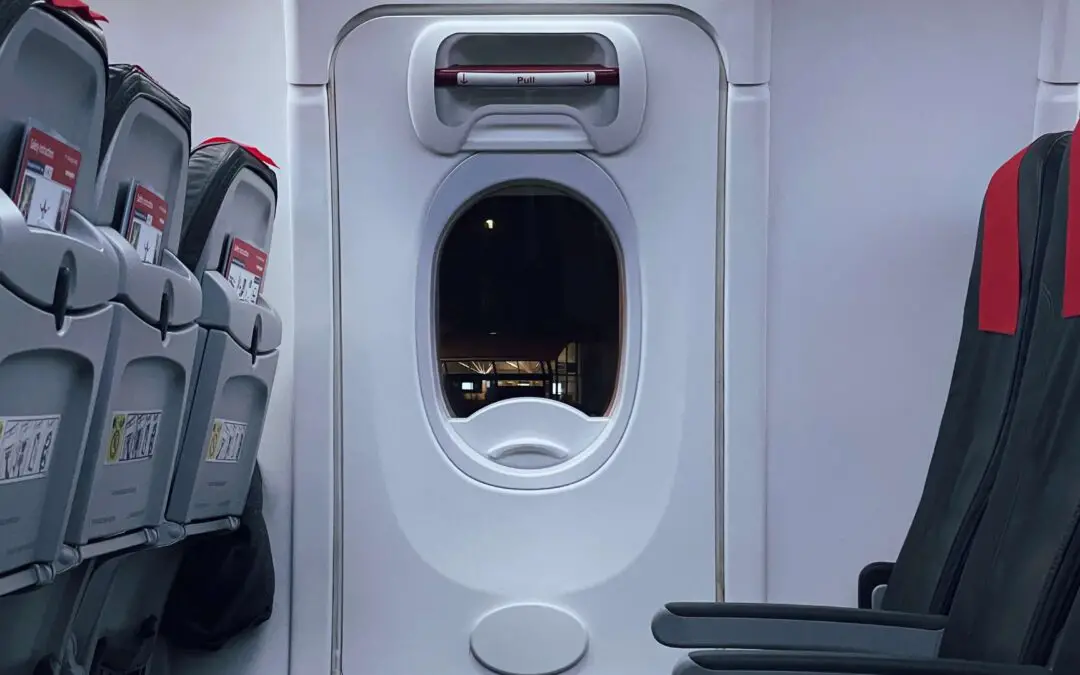If you regularly fly in coach, you know the challenge of trying to get a little more space and have probably tried a few “tricks” to get it. Although exit row seating doesn’t work for the whole family, it can be a good option for an individual or couple traveling as well as an option for a family split into two rows. The following are a few tips to keep in mind when you are booking your next tickets.
- Who Can Sit in an Exit Row Seat?
- Does it Cost Extra to Choose Exit Row Seats?
- What are the Duties of Sitting in Exit Row?
- What are the Actual Pros of Exit Row Seats?
- What are the Cons of Exit Row Seats?
Who Can Sit in an Exit Row Seat?
The FAA has detailed in Operations Requirements code what requirements airlines must uphold for passengers sitting in the Exit Row. You can read the details here.
Most airlines publish a summary of these dictates; here are a couple examples:
United Airlines: If you want to sit in an exit row, you’ll have to meet some governmental requirements: You must be 15 years of age or older, be willing to help in an evacuation, and have no limitations that would prevent you from helping. Before you can travel in exit row seats, we will determine if you are able to assist in an emergency. For this reason, we may withhold exit row seats until the day of departure. However, if there are exit row seats located in Economy Plus, they may be available for purchase.
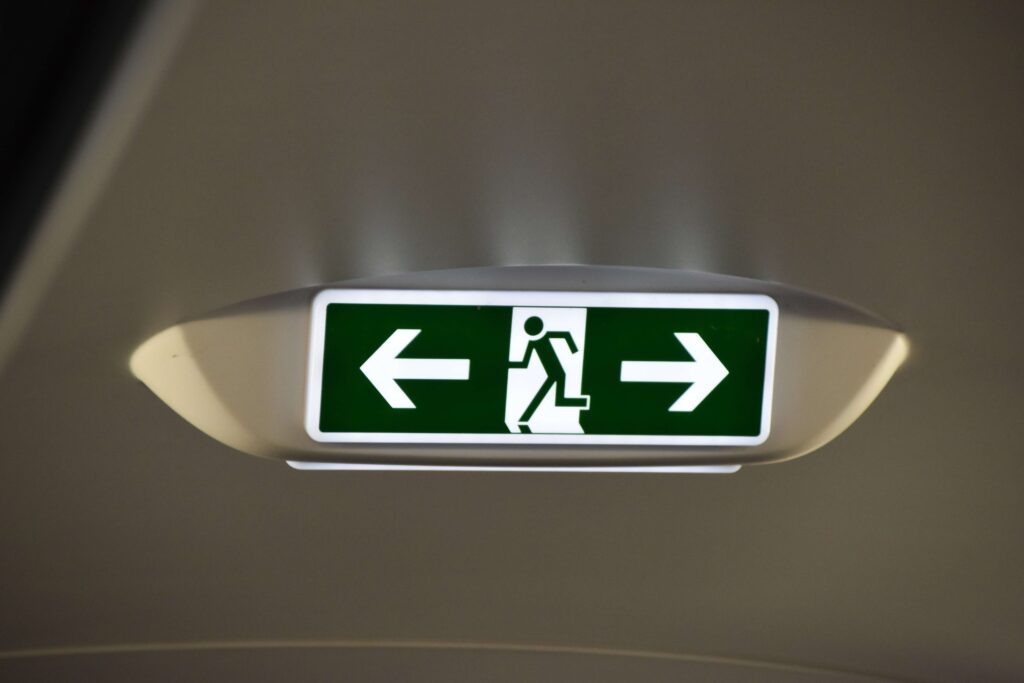 Jet Blue: Emergency doors are often heavy and awkward to lift, push, pull and maneuver. For the safety of all customers, federal regulations require customers seated in an emergency exit row be able to assist our inflight crewmembers in the event of an emergency.
Jet Blue: Emergency doors are often heavy and awkward to lift, push, pull and maneuver. For the safety of all customers, federal regulations require customers seated in an emergency exit row be able to assist our inflight crewmembers in the event of an emergency.
All customer sitting in the exit row must be willing and able to meet the following exit row requirements:
- Must have sufficient mobility, strength or dexterity in both arms and hands, and both legs.
- Be 15 years of age or older and have the capacity to perform the listed duties without the assistance of an adult companion, parent, or other relative.
- Be able to read and understand instructions related to emergency evacuations which are provided in printed, hand-written or graphic form and be able to understand oral commands given by a crewmember in the English language.
- Be able to see well enough to perform the listed duties without the assistance of visual aids; may wear contacts or eyeglasses.
- Be able to hear well enough to understand instructions shouted by crewmembers without assistance; may wear hearing aids.
- Be able to speak English well enough to give information verbally to other customers.
- Be free from the use of a walking assistive device (cane, walker, wheelchair, and/or crutches).
- Be free from the responsibilities that requires his/her care, such as a small child, or someone physically or mentally unable to care for him/herself, which might prevent him/her from performing any of the listed duties.
- Be free from the responsibilities required by the presence of a pet or service animal.
- Be free from any condition that might cause him/her harm if he/she was to perform one or more of the listed duties.
Airport customer service crewmembers will make the final decision in determining who will be seated in exit row seats, even when seats have been assigned prior to arrival at the airport.
When you book these seats, you are agreeing that you meet the criteria listed. If you do not in the opinion of a crew member, they can move you to another seat. They will ask you to confirm your ability and willingness to perform these duties.
Does it Cost Extra to Choose Exit Row Seats?
The short answer is yes. Airlines who do not have a formal seating assignment prior to boarding do not charge more for exit row seating. If you have an elite status with some airlines, you will be able to choose any seat in coach including the exit row for no additional investment. You can expect to pay approximately $10 more for an exit row seat than other preferred seats in coach/economy.
What are the Duties of Sitting in Exit Row?
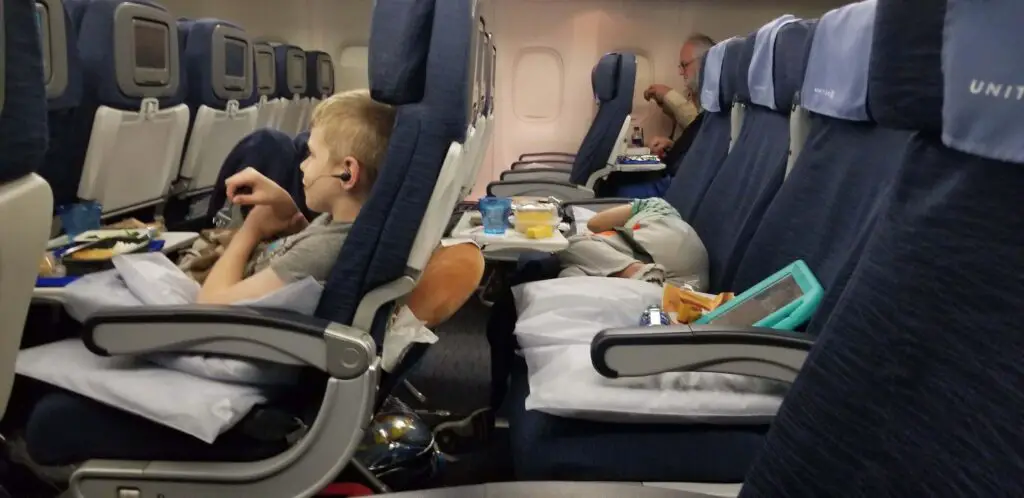 This answer to this question is rather vague. If you sit in an emergency exit row and you meet the criteria above according to the crew, they will ask you three questions:
This answer to this question is rather vague. If you sit in an emergency exit row and you meet the criteria above according to the crew, they will ask you three questions:
- In the unlikely event of an emergency, are you able to assist in the event of an emergency?
- Are you willing to assist in the event of an emergency?
- Do you speak English (or other appropriate language) as communication is vital?
Flight attendants may ask additional questions if they receive very minimal communication and are unsure whether the person actually speaks the desired language. Flight attendants may determine a person does not have the physical ability to assist.
Attendants will typically follow these questions with instructions as to how the passenger could assist in the case of emergency. These responsibilities should be taken seriously as you are agreeing as to your physical ability to perform and your willingness to assist others if needed. Failure to do so may have additional consequences if it is proven a passenger does not uphold the duty to which they agreed.
To understand more about how flight attendants are trained to handle an emergency evacuation, take a look at this video. Start at 3:08 to focus on evacuation:
What are the Actual Pros of Exit Row Seats?
Additional Leg Room – Probably the most popular reason to choose an exit row seat is the additional leg room. This is especially coveted by taller individuals. The pitch (the distance between seats back to front) varies in every style of airplane. Short haul domestic flights will likely only see a few more inches for the exit row. However, larger planes used for long haul flights may provide several additional feet for the exit row passengers. Use seatguru is get a better idea about your particular flight and plane model.
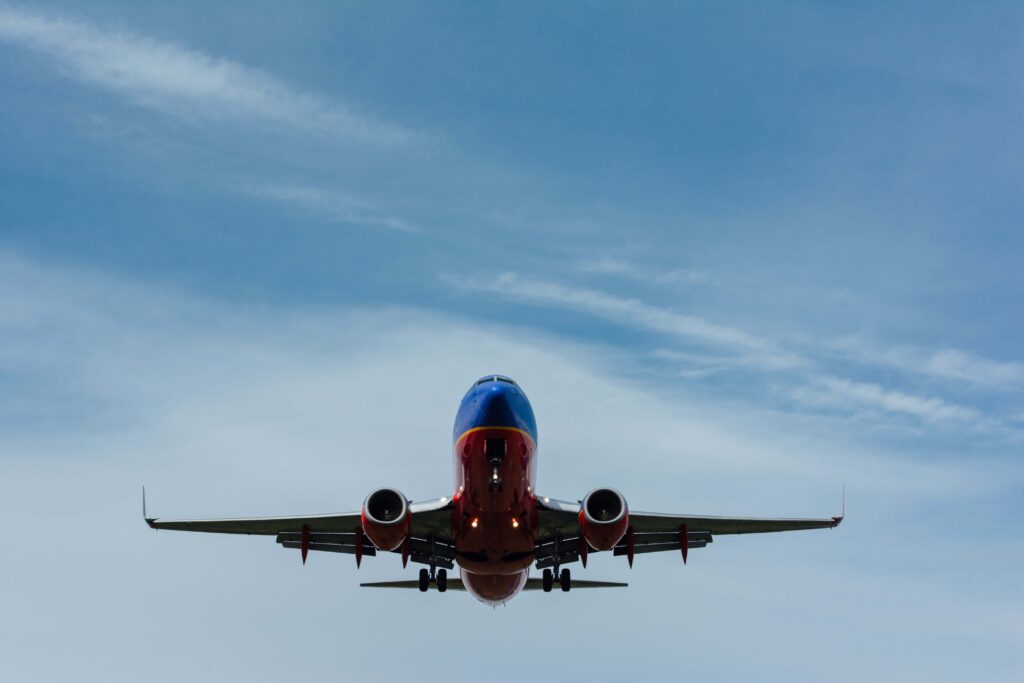 Row with Fewer Seats – Some models of airplane have two seats in the exit row rather than three which gives more space and privacy. The third seat in the row behind the exit row also ends up with more legroom this way. Again, this is a case by case basis, but can be confirmed through your airline’s seating chart or using seatguru.
Row with Fewer Seats – Some models of airplane have two seats in the exit row rather than three which gives more space and privacy. The third seat in the row behind the exit row also ends up with more legroom this way. Again, this is a case by case basis, but can be confirmed through your airline’s seating chart or using seatguru.
Not Sitting with Kids – I write a family travel blog, but there is nothing wrong with getting a little distance from kids when traveling as a couple or single. No one under fifteen is allowed to sit in the exit row so there is not concern you will be hosting someone else’s child.
Distance from Bathroom – Some passengers claim being close to the bathroom is a big deterrent. I personally never notice any odor, but exit row seating in smaller planes should place you further away from bathrooms in the front of back of the airplane.
Step Up from Economy – Even if you don’t want to spend the money for Business Class, exit row seating can feel like a step above a standard economy/coach seat with minimal investment.
Perks from Flight Attendants – Sometimes you will receive additional attention or items (snack, drink, etc.) from the flight attendants when you are friendly. They have additional communication with exit row passengers and can establish a bit more of a relationship.
What are the Cons of Exit Row Seats?
Additional Cost – Paying extra for seats already unfortunate and tacking on more for exit row may not be worth it for you. This is certainly an individual value based decision.
Reclining – This is also on a case by case basis, but generally exit row seats do not recline. This also impacts the row in front of an exit row to avoid blocking the exit. This can often be verified online by searching the particular model of airplane on which you will be flying.
Fold Out Tray Table – Because the seat in front of an exit seat is further away, there is typically a fold out tray table rather than a pull down tray. This can be frustrating because these trays can be smaller, not adjustable in terms of proximity to the passenger and cause the seat to be less adjustable due to rigid arm rests.
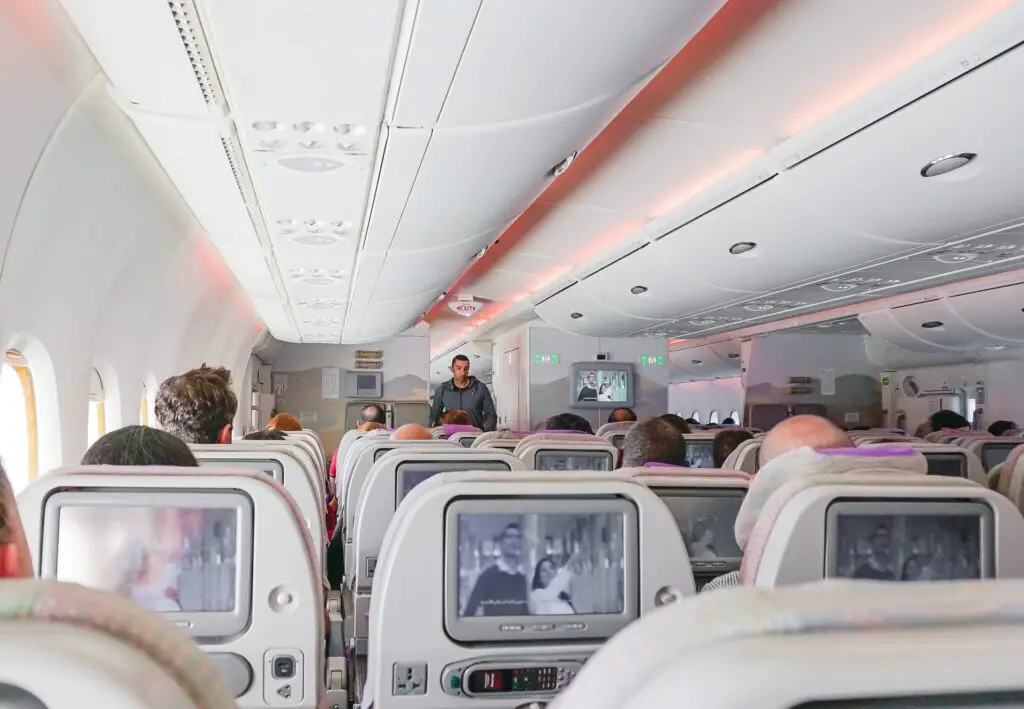 Lack of Screen – In some cases, exit row passengers will not have a screen when other seats do. This is a design question and can be verified by searching the particular model.
Lack of Screen – In some cases, exit row passengers will not have a screen when other seats do. This is a design question and can be verified by searching the particular model.
Storage – Because you are further away from the seats in front of you, you will not be allowed to store bags under the seat. Your under seat area is already occupied by the passenger behind your seat. Most importantly, it is too risky for exit row passenger’s bags to potentially block the exit path. Sometimes, attendants will save an overhead compartment just for exit row passenger’s belongings.
Obstructed View – It is common for the view of the exit row to be the tiny window in the exit door. Regular airplane windows do not typically fall in line with the exit row seating.
Colder Temperature – Some passengers describe the exit row as quite a bit colder than other seats due to the exterior air seeping in.
Responsibility – The additional responsibility of an exit row passenger can make this seat undesirable to some.
Choice is Yours
Booking an exit row seat is really a personal judgement after weighing the pros and cons. Hopefully these tips helped you consider whether it is worthwhile to you. Happy flying!

